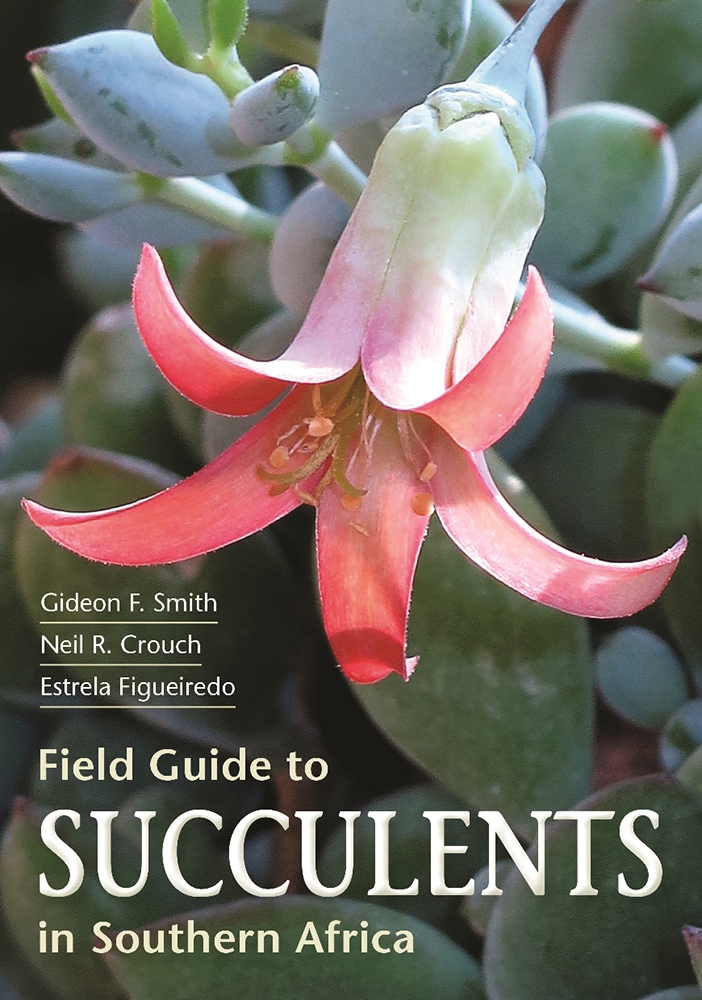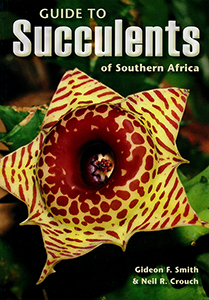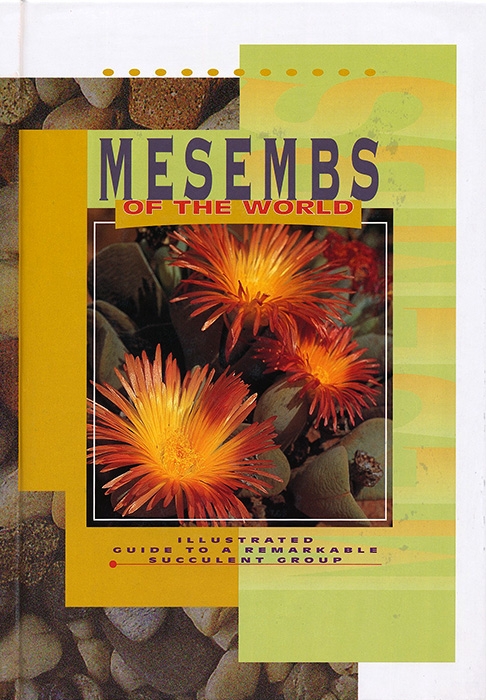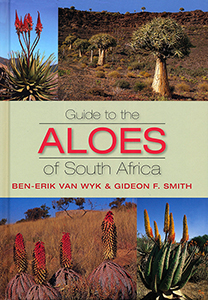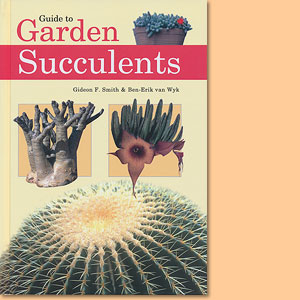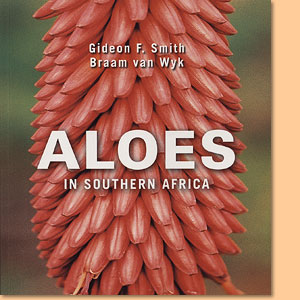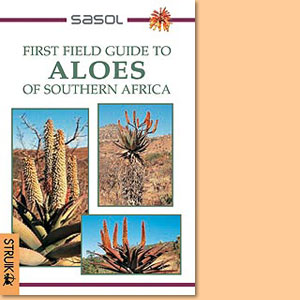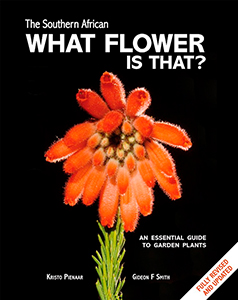The Southern African: What Flower is That?, by Gideon F. Smith and Kristo Pienaar
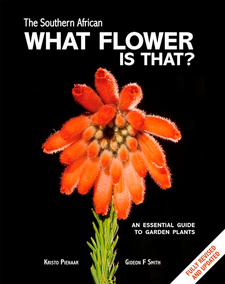
The Southern African: What Flower is That? An essential guide to garden plants, by Gideon F. Smith and Kristo Pienaar. 5th edition. Cape Town, South Africa 2011. ISBN 9781770075269 / ISBN 978-1-77007-526-9
This fourth edition of Kristo Pienaar's The Southern African: What Flower is That? has been extensively revised and updated by Professor Gideon F. Smith, the Chief Director of Biosystematics Research and Biodiversity Collections at the South African National Biodiversity Institute.
Gideon F. Smith Kristo Pienaar
In 1969 a very successful gardening book was published under the title What Flower Is That? It was written by Stirling Macoboy of Sydney, Australia, and established the format that we became familiar with in the first edition of the present work. For the current edition It was decided though to deviate from that format in one respect: the plants are now grouped together alphabetically by family, and within families, by genus. As a result, all the daisies, acanths, palms, aloes and their kin, and so on, are now placed together in their respective families. This approach will assist gardeners and horticulturists who want a consolidated bird's-eye view of the diversity of garden plants Included In a particular family, as well as their cultivation needs. Within a genus, the species are of course still treated alphabetically. Therefore, if you know the family to which a plant belongs your task Is simple because the entire book has been arranged in alphabetical order according to the family of each plant. Still, there is nothing more frustrating than having a comprehensive reference to hand and yet not being able to find what Is wanted. With this in mind every effort has been made to make the information contained in The Southern African What Flower Is That? as easily accessible as possible under the scientific names of the plants treated here. This was done to avoid confusion because a plant should have only one correct scientific (botanical) name (see opposite on 'The value and use of scientific names'). On the other hand, a plant could have many common names In any number of languages, or the same common name could apply to several different species. Southern Africa's gardeners have matured and become sophisticated over the past 25 years and many are now much more informed about scientific plant names. In addition, It Is surprising how many plants are known In everyday parlance by their genus names, for example aloe, haworthia, kniphofia, agapanthus, primula, gladiolus, and dahlia, among several others. If you know only the common name of a plant or flower, then the task of accessing the pertinent information in the book is equally simple because the common name Index on page 361 has been compiled to include as many common names as possible, In both English and Afrikaans. For example, you may have heard 'krantz aloe' in conversation and you would like to find out what it looks like, even how to grow it: look up 'krantz aloe' in the common name Index and it will lead you directly to the page in the book where it is discussed under Aloe arborescens, as well as other aloes (species and so on) in the same genus, and of course family. You may even come across one that you like even better, and that you would prefer to cultivate! What if you do not know a flower's name, yet you can recognize it by sight? You could page through the book until you come to the correct photograph. This could prove time consuming though, but enjoyable nevertheless. Some 180 families, representing nearly 800 genera - a family Is made up of related genera -are featured in this book and brief descriptions are provided for all of them. And now, with the genera that belong together under a family grouped together, Identification should become simpler. [...]
This is an excerpt from the guide: The Southern African: What Flower is That?, by Gideon F. Smith and Kristo Pienaar.
Title: The Southern African: What Flower is That?
Subtitle: An essential guide to garden plants
Author: Gideon F. Smith; Kristo Pienaar
Genre: Garden plants guide
Publisher: Random House Struik
Imprint: Lifestyle
5th edition. Cape Town, South Africa 2011
ISBN 9781770075269 / ISBN 978-1-77007-526-9
Hardcover, 22 x 28 cm, 368 pages, 1600 full-colour photographs, 70 b/w illustrations
Smith, Gideon F. und Pienaar, Kristo im Namibiana-Buchangebot
Field Guide to Succulents in Southern Africa
Field Guide to Succulents in Southern Africa is user-friendly, richly illustrated, featuring +700 southern African succulents.
Guide to succulents of Southern Africa
Guide to Succulents of Southern Africa is an accessible, user-friendly guide to the identification of these increasingly popular plants.
Mesembs of the world
This is a well-illustrated, easy-to-read guide of all the 123 mesembs genera that are currently recognised worldwide.
Guide to the Aloes of South Africa
A wonderful guide to all 155 species aloes found in the South African field and in gardens.
Guide to Garden Succulents
Scientifically accurate photographic guide for gardeners and horticulturalist to easily identify commonly used species of succulents
Aloes in Southern Africa
58 aloe and related species of Southern Africa including cultivation and propagation
First Field Guide to Aloes of Southern Africa
50 species - plant characteristics, flower colour, distribution and planting
The Southern African What Flower is That?
Approximately 1600 annuals, perennials, shrubs, trees and vines commonly found in Southern African gardens, parks and roadsides are easily identified by the guide What Flower is That?

